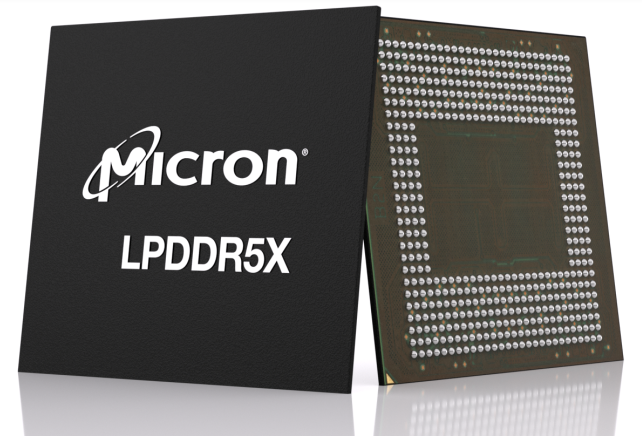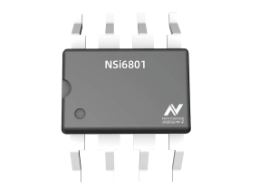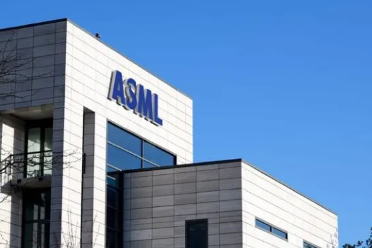Ameya360:Micron Pushes DRAM Node for Mobile First
Micron Technology has been setting the pace for DRAM advancement of late. Its 1-beta DRAM technology continues the trend, but other major vendors are keeping up, even as it looks like DRAM prices will be lower in 2023.
The company said at the beginning of November that it was shipping qualification samples of its 1-beta DRAM to select smartphone customers and that it’s ready for mass production. The advanced DRAM technology node, which will be used first on Micron’s low-power double data rate 5X (LPDDR5X) mobile memory that delivers speeds of 8.5 Gb/s, follows the company’s 1-alpha DRAM that began volume shipment in 2021.
Micron’s 1-Beta LPDDR5X provides 16Gb per die capacity, 35% higher than the prior generation, and a 15% power saving compared to prior generation products. Thy Tran, Micron’s VP of DRAM process integration, said the new node is the result of new processes, materials, and equipment to advance Micron’s memory cell integration so it can shrink the memory cell array, including the application of its second-generation high-K metal gate (HKMG) technology. “We can then aggressively scale both the memory cell array in terms of size and also the rest of the circuitry in the dye to save space.”
Aside from the performance improvements that will benefit smartphone functions such as camera launch, night mode and portrait mode and shake-free, high-resolution 8K video recording and in-phone video editing, Micron’s LPDDR5 based on its 1-beta DRAM boasts additional energy efficiency by implementing JEDEC’s new enhanced dynamic voltage and frequency scaling extensions core (eDVFSC) techniques. Adding eDVFSC at a doubled frequency tier of up to 3,200 megabits per second provides improved power savings controls to enable more efficient use of power based on end-user patterns.
These features not only represent a faster smartphone camera but also demonstrate how artificial intelligence and machine learning are transforming smartphones into mobile editing studios, Tran said. “Be it photos, videos, or voice processing, memory is at the heart of everything we do.”
Jim Handy, principal analyst with Objective Analysis, said what’s notable about Micron’s 1-beta is that it demonstrates Micron is strongly oriented toward pushing the technology forward with its HKMG technology to make DRAM as fast as it needs to go. “That makes for a complicated process.” If Micron were just trying to get the bits as cheap as they could be, it wouldn’t touch HKMG, he said.
So far, DDR5 DRAM has mostly found its way into PCs, said Handy, and less so data centers. But Micron would like to see that change sooner than later so it can sell DDR5 before prices collapse, especially given the fact it’s been eight years since DDR4 was introduced. He noted that the company’s focus of late has been being more profitable rather than dominating market share.
Although LPDDR5 will be the first to benefit from the 1-beta DRAM technology, Micron will expand the product portfolio that will be manufactured on this node as 2023 progresses for all segments of the memory market including High Bandwidth Memory (HBM).
Not to be outdone, Samsung Electronics closed out 2022 by announcing the development of its 16-Gb DDR5 DRAM built using what it said is the industry’s first 12-nm-class process technology. Like Micron, Samsung is matching performance gains with power efficiency – its new DRAM consumes up to 23% less power than its predecessor. Mass production is set to begin in 2023.
在线留言询价
- 一周热料
- 紧缺物料秒杀
| 型号 | 品牌 | 询价 |
|---|---|---|
| BD71847AMWV-E2 | ROHM Semiconductor | |
| TL431ACLPR | Texas Instruments | |
| CDZVT2R20B | ROHM Semiconductor | |
| MC33074DR2G | onsemi | |
| RB751G-40T2R | ROHM Semiconductor |
| 型号 | 品牌 | 抢购 |
|---|---|---|
| ESR03EZPJ151 | ROHM Semiconductor | |
| STM32F429IGT6 | STMicroelectronics | |
| TPS63050YFFR | Texas Instruments | |
| IPZ40N04S5L4R8ATMA1 | Infineon Technologies | |
| BP3621 | ROHM Semiconductor | |
| BU33JA2MNVX-CTL | ROHM Semiconductor |
AMEYA360公众号二维码
识别二维码,即可关注





























